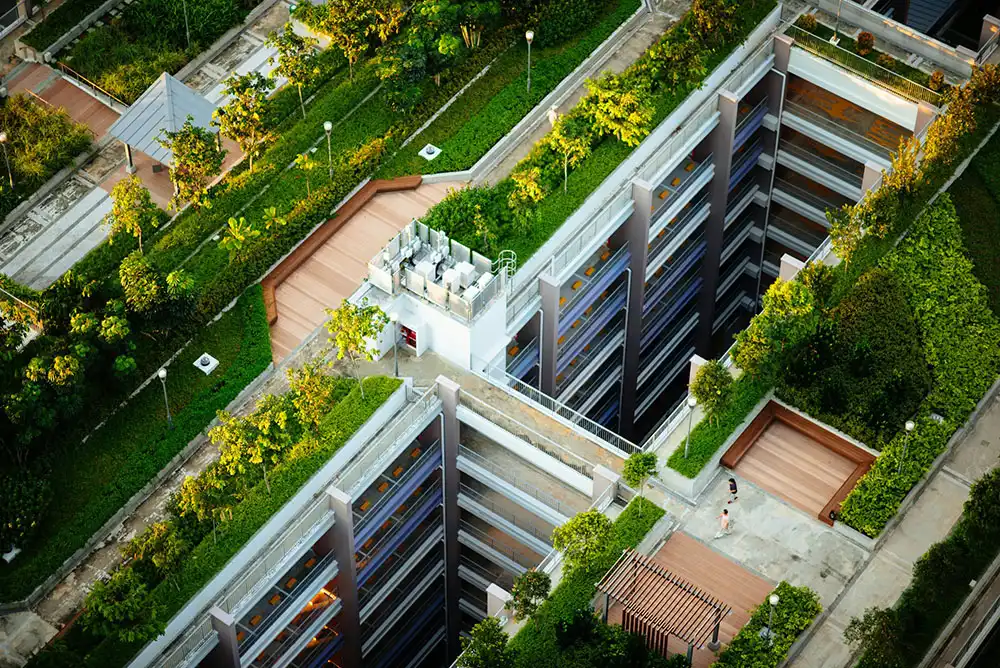As urban landscapes continue to evolve, the integration of green roofs has emerged as a transformative solution for property owners and managers in Los Angeles, Ventura, and Orange Counties. This comprehensive guide by SBR Roofing aims to provide clear and practical insights into the construction of green roofs, addressing the technical, regulatory, and financial considerations necessary for successful implementation. With over sixty years of industry experience, we understand the importance of making informed decisions that align with sustainability goals while enhancing property value. Whether you are a business owner, landlord, or property manager, this guide will equip you with the essential knowledge to navigate the complexities of green roof construction.
Navigating Energy Regulations for Green Roofs
When constructing a green roof, it is essential to navigate the relevant energy regulations, particularly those outlined in the energy package. These regulations encompass the actual consumption of energy resources, including air conditioning, water, and gas. Additionally, they emphasize the importance of implementing measures to reduce energy usage, such as insulation packages. Key building components that must comply with these regulations include roofing systems, double-pane windows, and exterior insulation materials. Understanding and adhering to these requirements not only ensures compliance but also enhances the energy efficiency and sustainability of your building.
Benefits of Green Roofs for Property Owners
In considering green roof construction, it is essential to recognize the multifaceted benefits these systems offer. Green roofs not only enhance the aesthetic appeal of a building but also contribute significantly to environmental sustainability. They provide insulation, reduce stormwater runoff, and improve air quality. Moreover, incorporating vegetation can lead to energy savings by moderating indoor temperatures.
Decision-makers must evaluate the long-term advantages of investing in green roofs. These systems can increase property value and attract tenants or buyers who prioritize eco-friendly features. Additionally, as regulations around sustainability become more stringent, implementing a green roof can position a property favorably in compliance with future mandates.
Ultimately, the decision to adopt a green roofing system should be informed by a thorough understanding of both the technical requirements and the potential return on investment, ensuring that the choice aligns with the property’s long-term goals.
Greening Urban Roofs
Incorporating plant materials on commercial roofs significantly enhances the presence of vegetation and wildlife in urban areas, where such elements are often limited. This integration not only improves the exchange of carbon dioxide and oxygen through the process of photosynthesis but also contributes to maintaining cooler roof temperatures. By implementing green roofs, property owners can foster a more sustainable urban environment while benefiting from the thermal regulation these systems provide.
Selecting Water Management Materials for Green Roofs
When constructing green roofs, it is crucial to select materials that efficiently manage water. Options such as rubber, plastic, and specific types of urethanes are ideal for supporting plant life. These materials not only provide the necessary waterproofing but also contribute to the overall sustainability and longevity of the green roofing system.
Cost Benefits of Reflective Roofing Systems
Reflective roofing systems offer notable cost savings. By utilizing materials designed to reflect sunlight, these roofs can significantly reduce cooling costs, leading to lower energy bills over time. This not only benefits property owners financially but also contributes to a more sustainable environment by decreasing energy consumption. Implementing reflective roofing is a strategic investment that can enhance a building’s overall efficiency while providing long-term financial benefits.
Incentives for Residential Green Roof Upgrades
In some states, homeowners may be eligible for rebates when upgrading to insulation or reflective roofing systems, particularly in the residential sector. However, it is essential to note that these incentives typically do not extend to commercial roofing projects.
Aesthetic Benefits of Green Roofs
One notable benefit of green roof construction is its aesthetic appeal. A rooftop garden serves as an attractive feature for building residents and users, enhancing the overall visual landscape. This greenery not only enhances the space’s beauty but also contributes to a more pleasant environment, making it a valuable addition to any property.
Conclusion
The construction of green roofs presents a unique opportunity for property owners and managers to enhance their buildings while contributing to environmental sustainability. By understanding the technical requirements, regulatory frameworks, and financial incentives associated with green roofing systems, you can make informed decisions that align with your long-term goals. As we move towards a more sustainable future, investing in green roofs not only elevates the aesthetic appeal of your property but also positions it favorably in an increasingly eco-conscious market. At SBR Roofing, we are dedicated to providing the expertise and support you need to successfully implement these innovative solutions.







